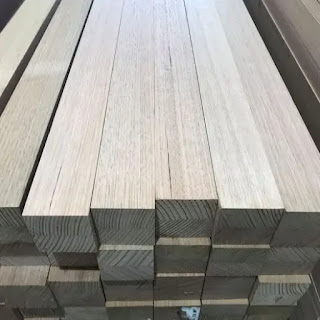Treated pine - Australia
Everything You Need To Know About Treated Pine
 |
Almost every form that timber comes in is treated before being available for use to extend its longevity. Processed pine can make it resistant to nature’s forces like rot and decay. It can also protect the wood against insects and termites that can cause damage to it. When compared to unprocessed wood, treated pines are more durable and sturdy.
A pine is refined with specific chemicals and preservatives for the necessary protection it needs. The chemicals and solutions that are injected are usually fungicides and insecticides.
So, is treated pine toxic? The answer is yes, and it can be harmful as the chemicals can potentially harm you and the environment if not handled carefully. Thus, choosing a safe option of manufactured timber for your house is essential.
There are various applications for processed timber for general purposes and in-ground and landscaping projects wherein it is more prone to damage from outside factors. Because of their versatility and durability, they are more widely used.
There are different levels that timber is classified into while it is being refined depending upon its application and the hazards it can be exposed to. These levels are classified with a hazard (H) class. The higher the level, the greater protection it requires.
H1-treated timber is resistant to attacks by insects and termites and is accustomed for places with sufficient ventilation where there is little exposure to weather conditions like rain and moisture. H2 is also similarly designed to H1 but is more resilient and is not explicitly made for ventilated areas.
H3 has various applications as it experiences moderate decay and is resistant to borers and termites. Is H3-treated pine safe? H3 pine does not have serious health risks if the product is handled according to instructions, but it is still not recommended for places with contact with the ground or moisture.
Another question about this level of refined wood is, can H3-treated pine be used indoors? No, usually, H3 is applied in high places like framing and decking, weatherboards, fascia, window joinery, etc.
H3A wood is common in products that are in vertical exposed situations predominantly and have a supplementary paint coat. In comparison, H4 is the first level of treatment that can be used in other applications where it can handle moisture and is used in the ground. It is typically used in fence posts, greenhouses, landscaping timbers, etc.
H5 has a high level of protection, is suitable for use in ground or fresh water, and offers strong protection against decay. H6 is accustomed for applications wherein the timber will be in constant contact with seawater as it can effectively protect the wood from extreme decay and marine borers.
Therefore, woods for indoor and outdoor applications are crafted differently. Woods for internal purposes have fewer chances of fungus or termite infestations than the woods used for exterior purposes as they are in constant contact with external environmental factors.
How long does treated pine last? Melbourne Timber’s treated pine lasts upto 20 years. Melbourne Timber has a wide range of versatile H3 and H4 treated pines resistant to fungus and termites explicitly catered for your needs!


Comments
Post a Comment